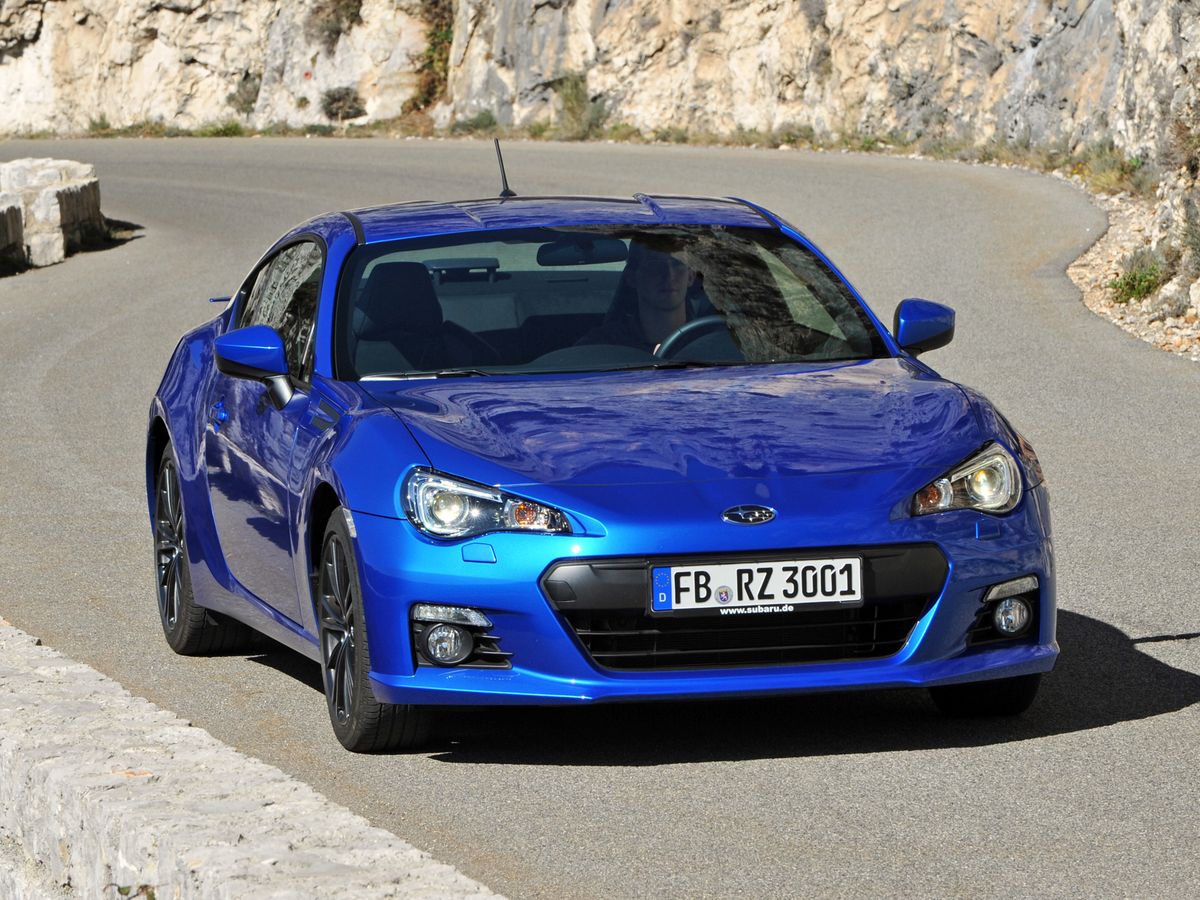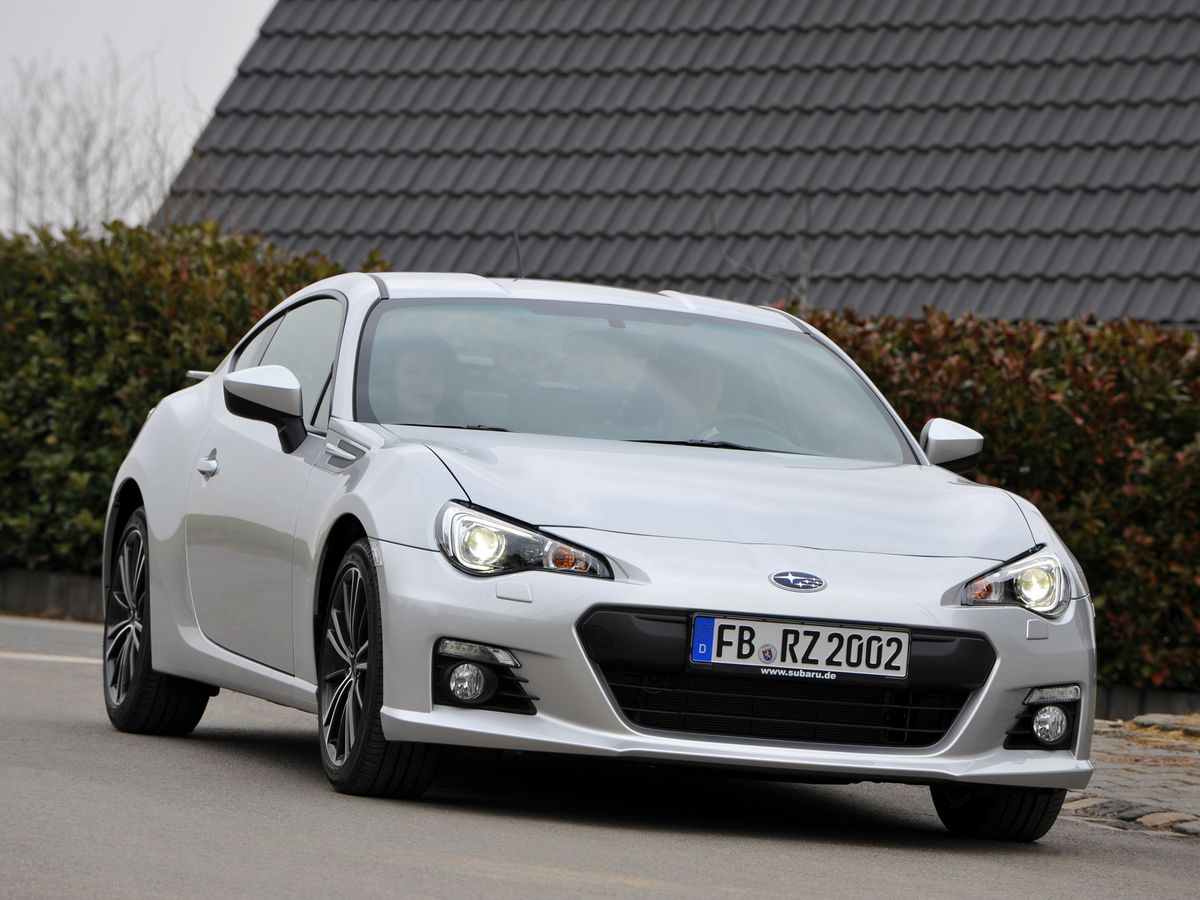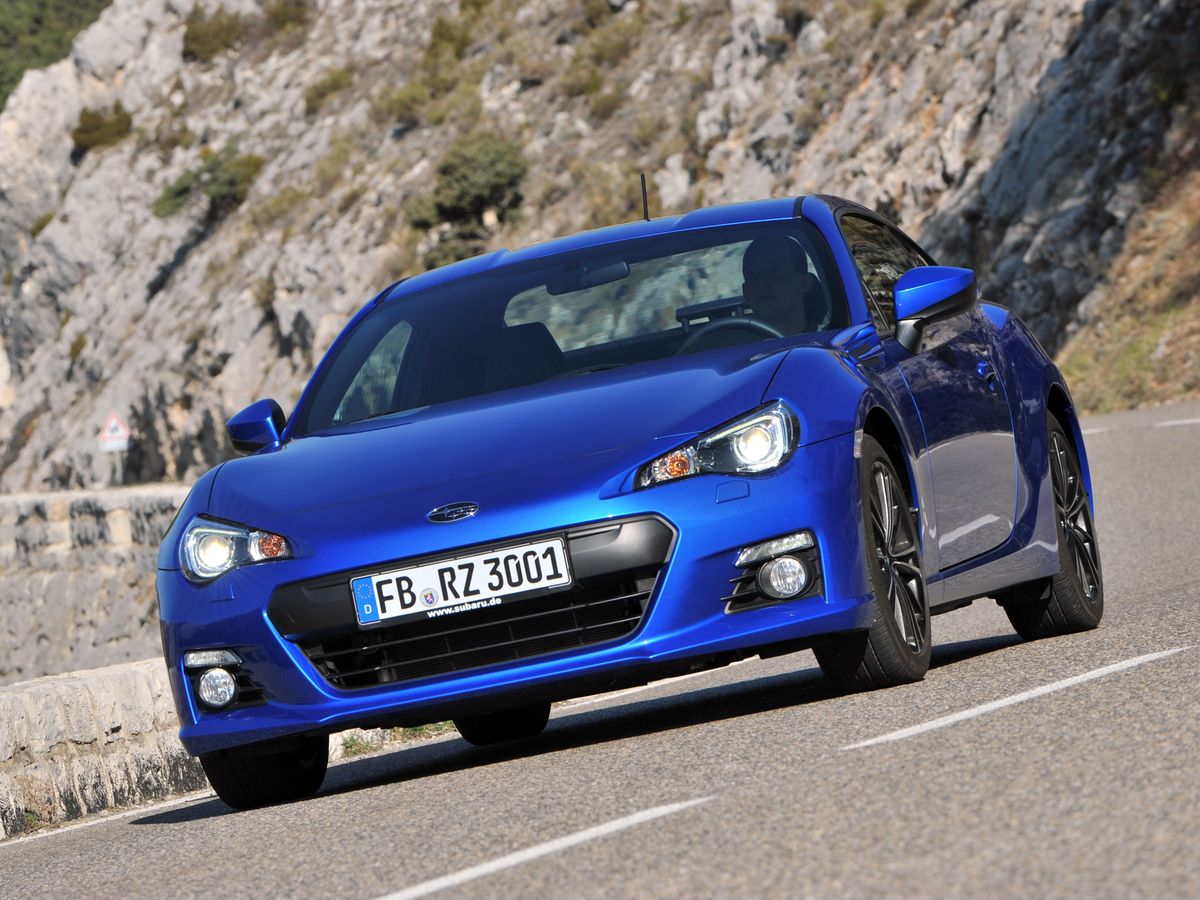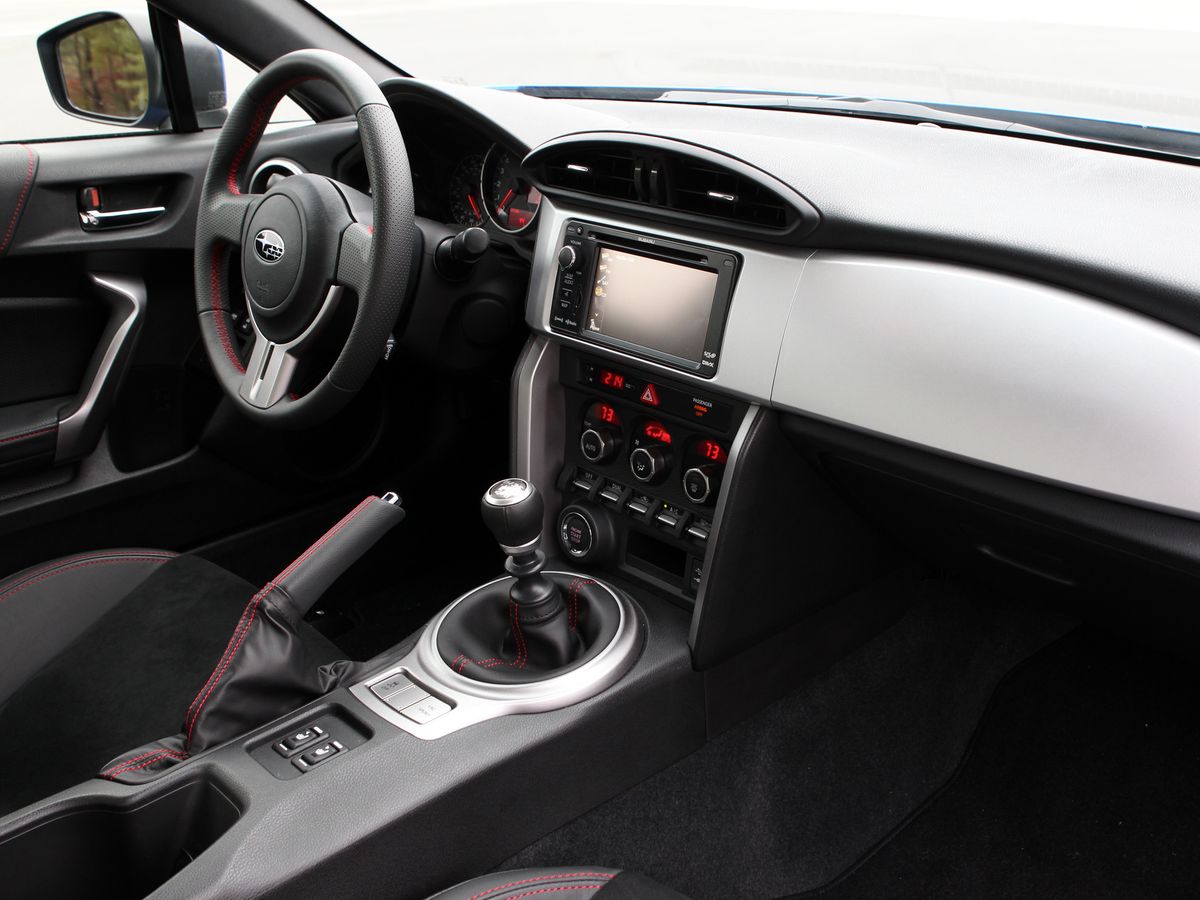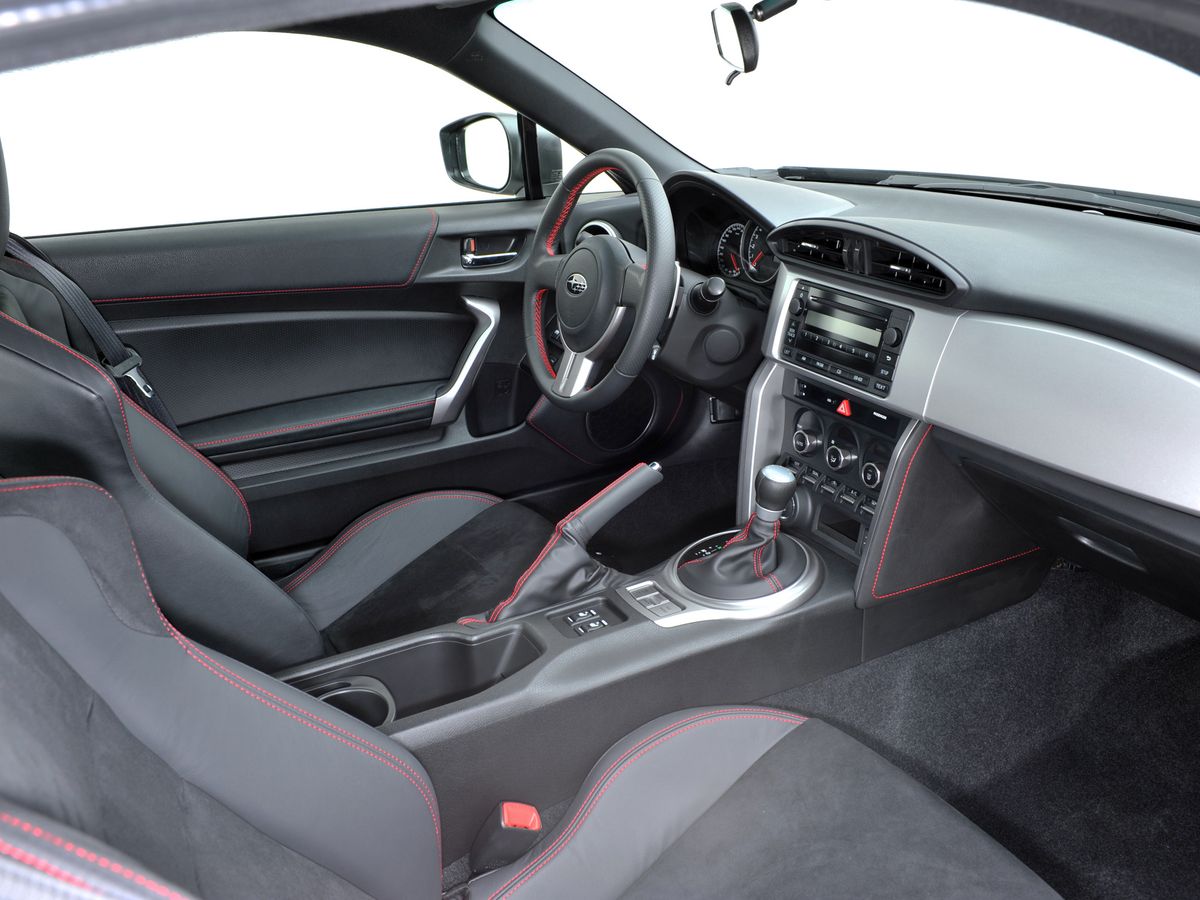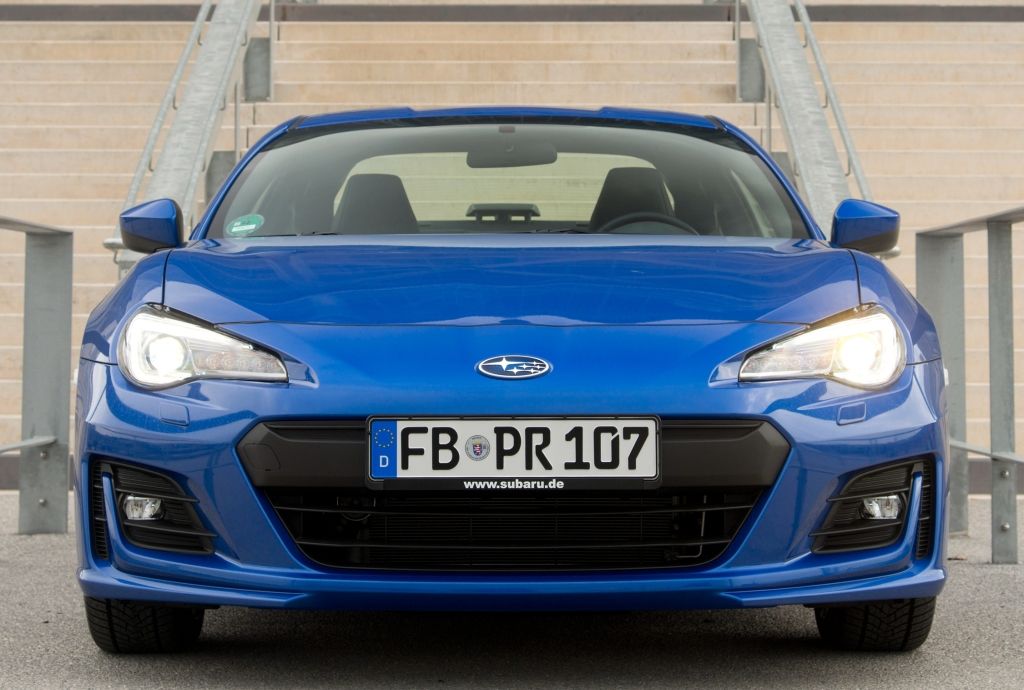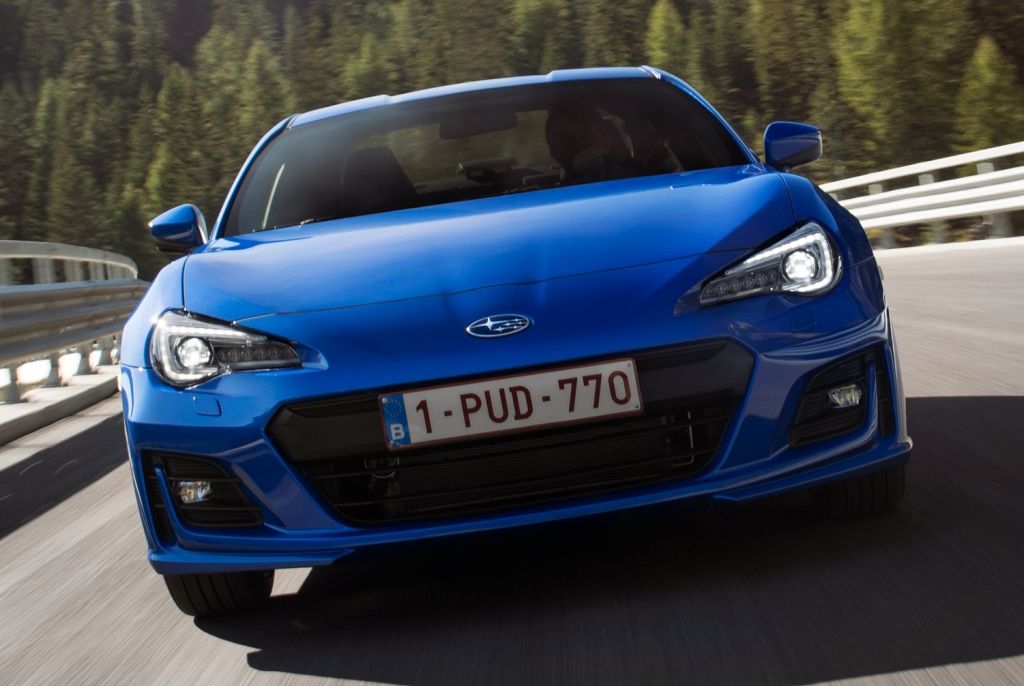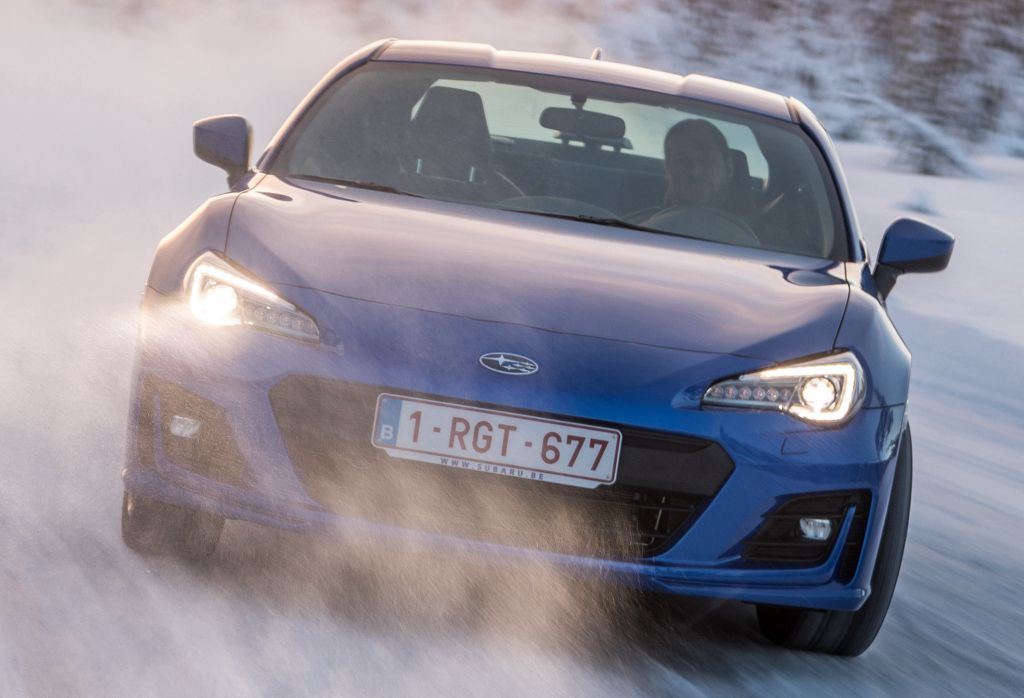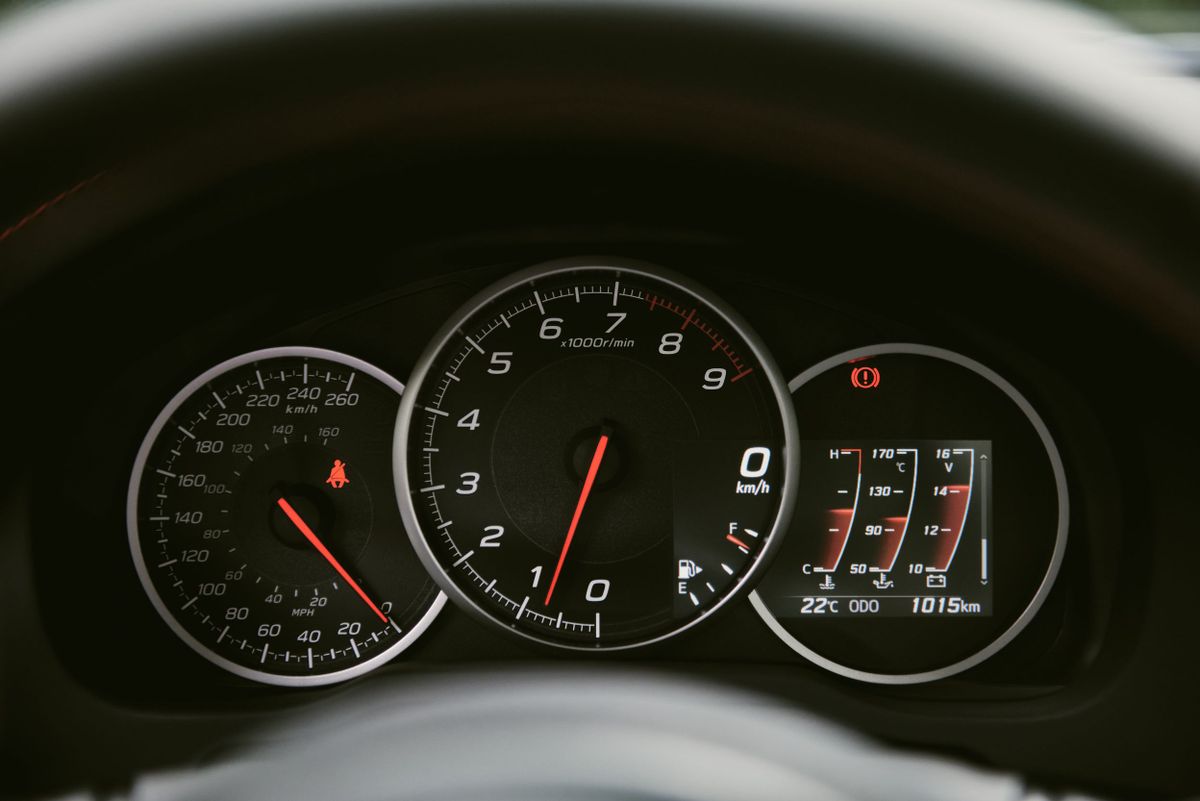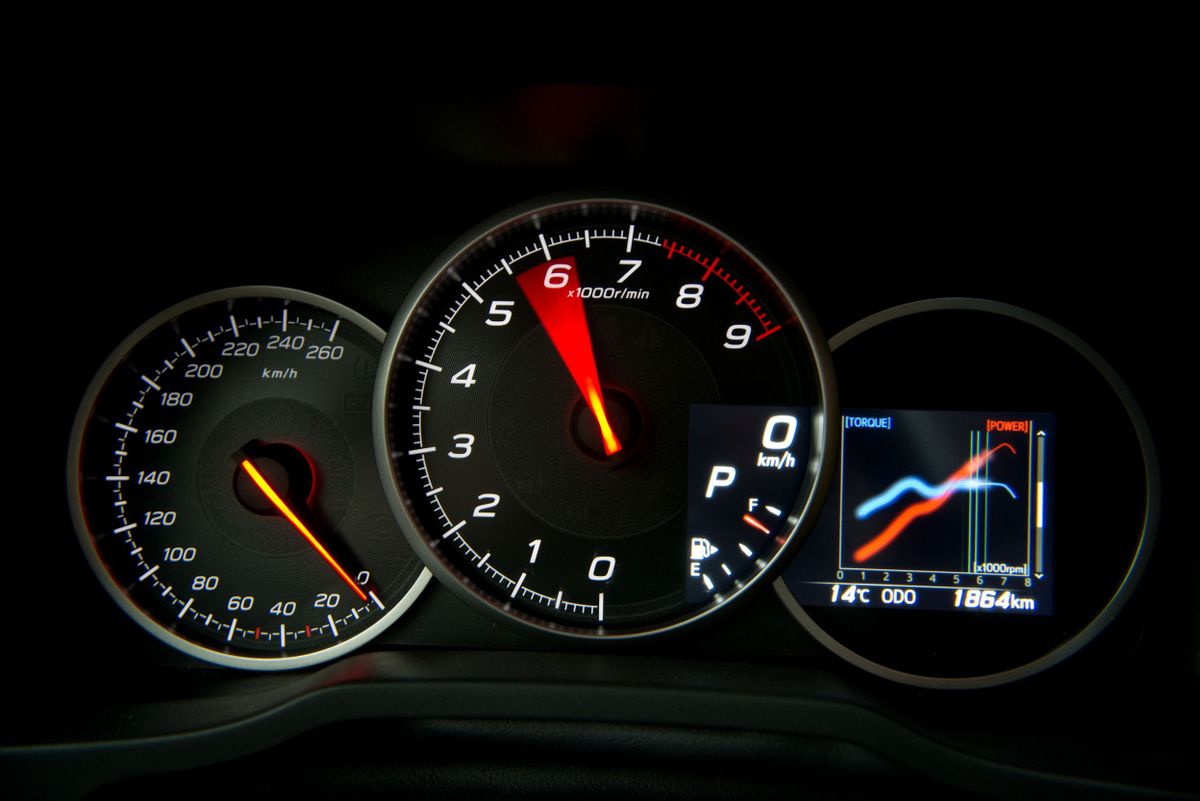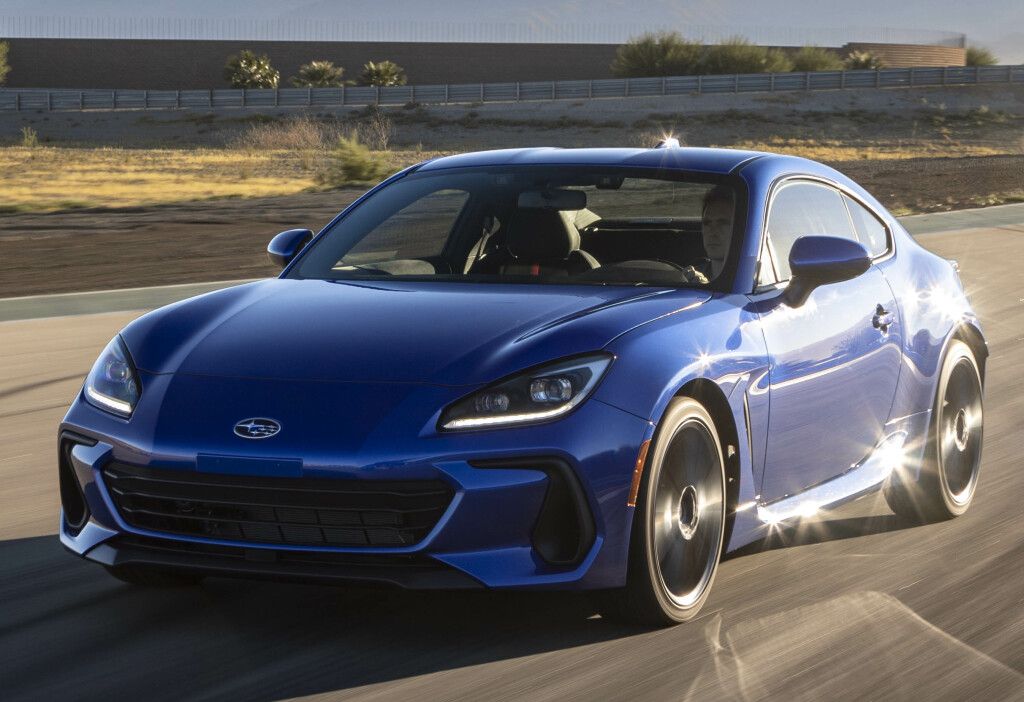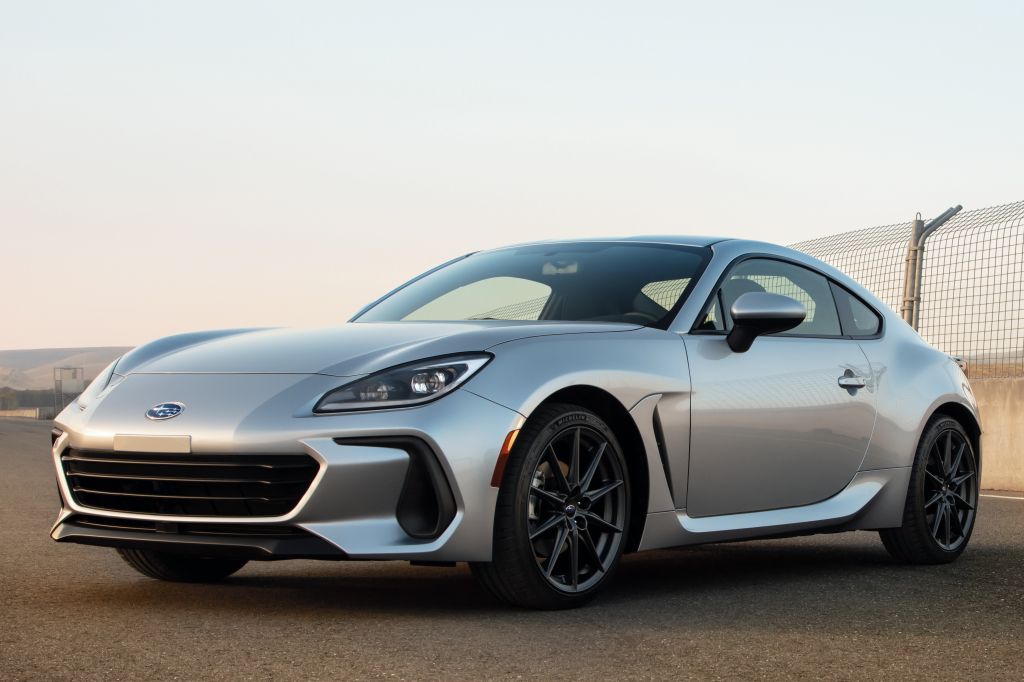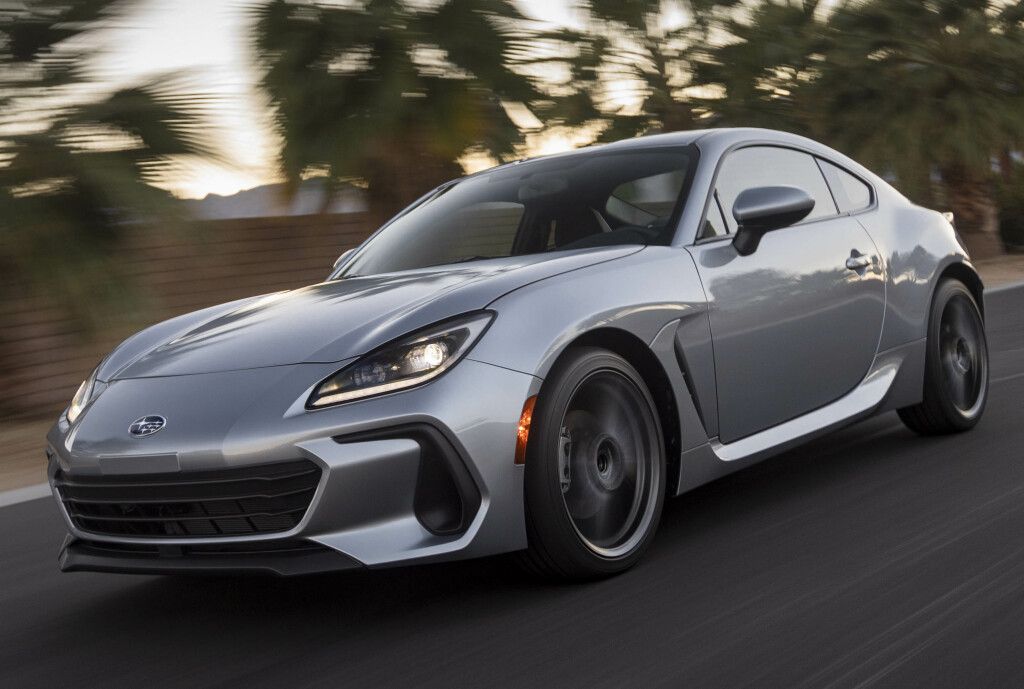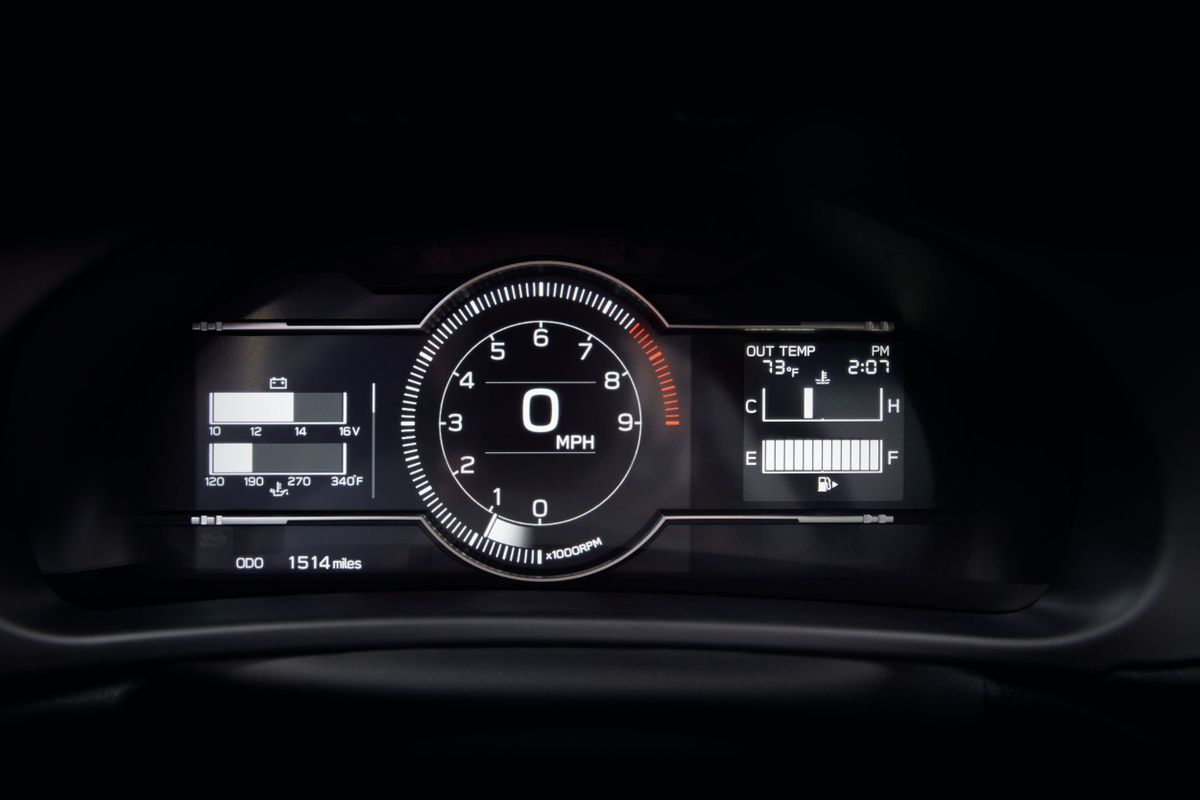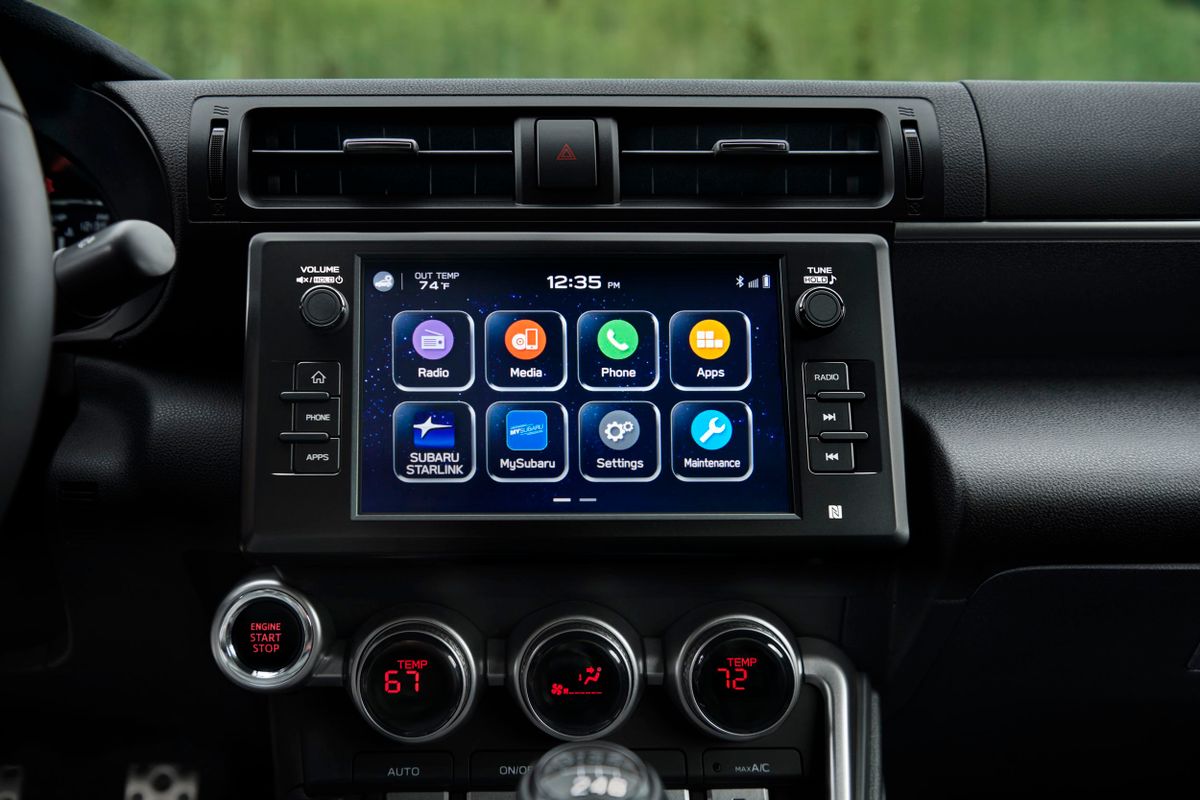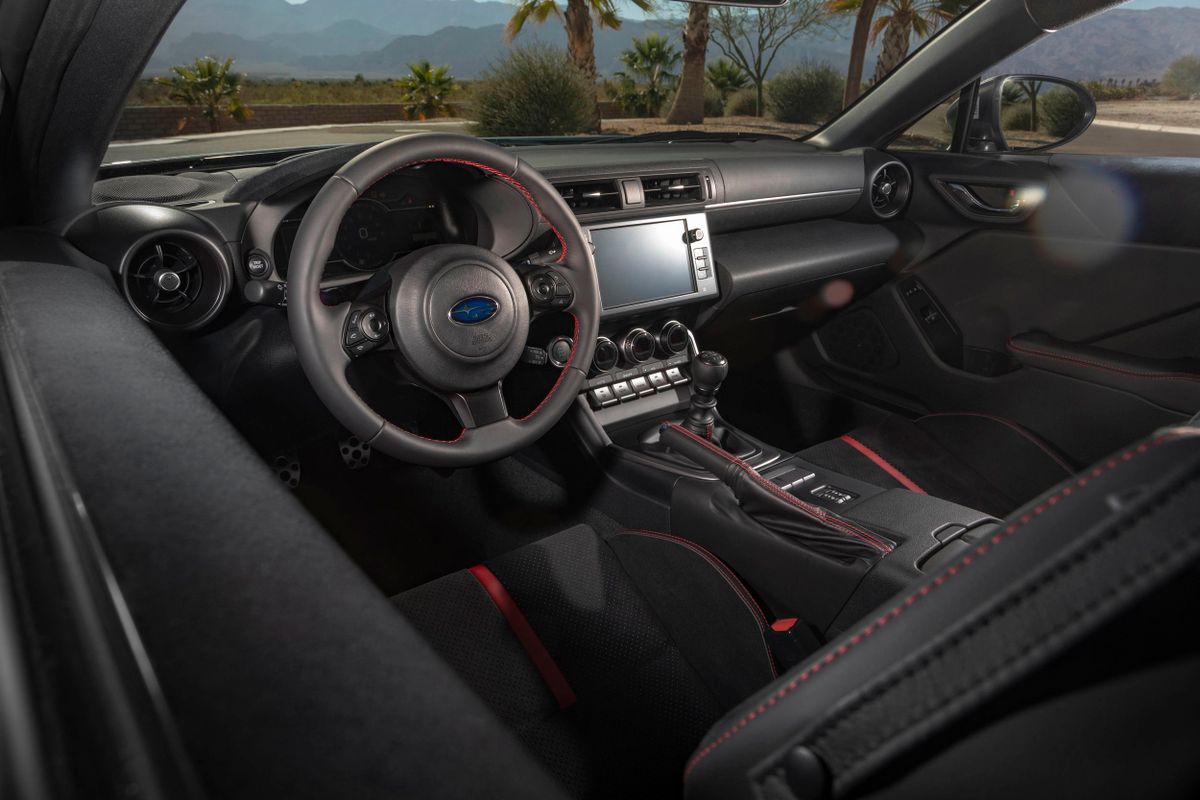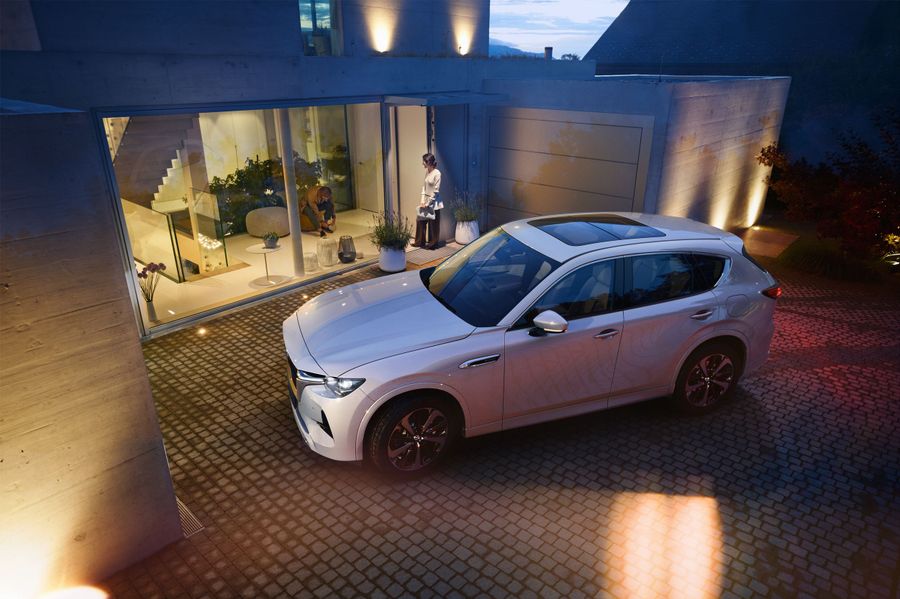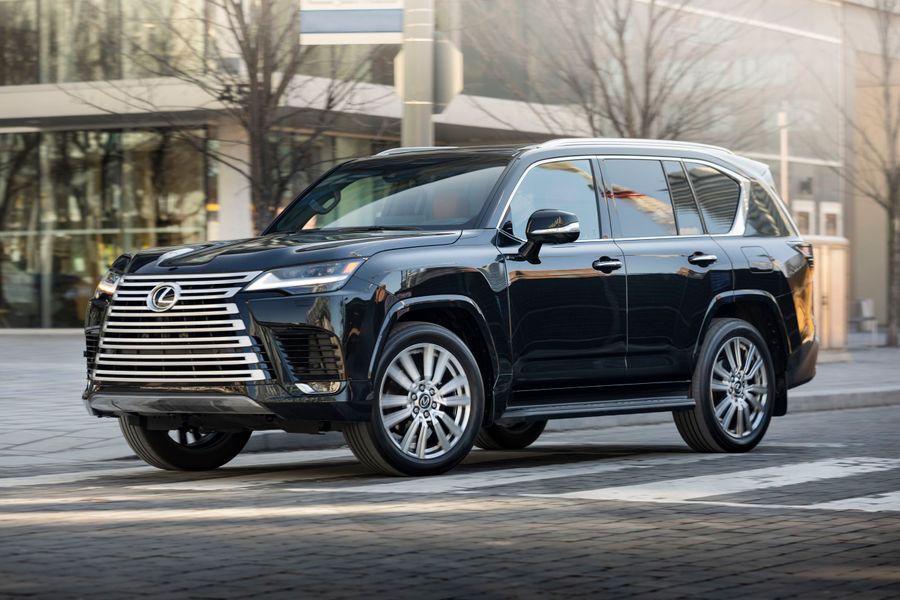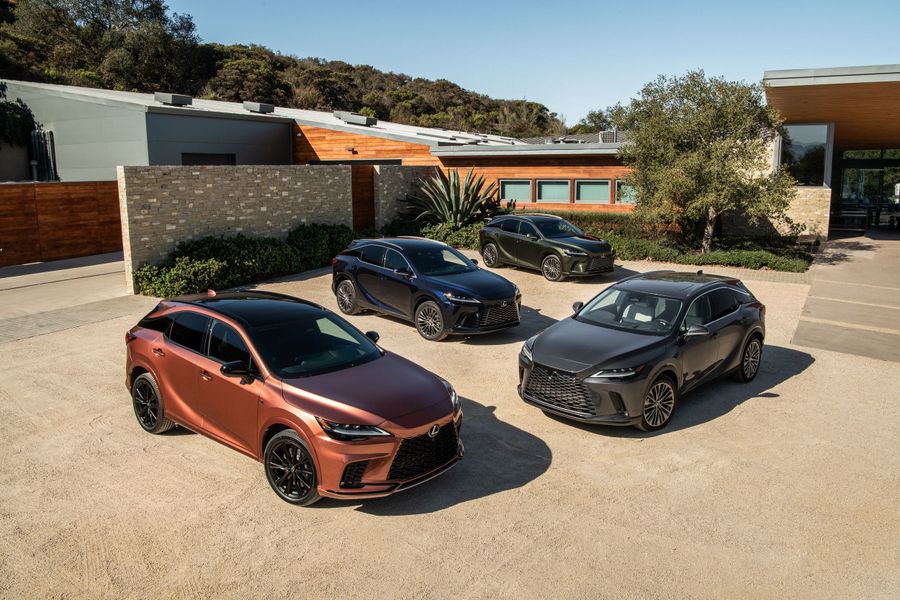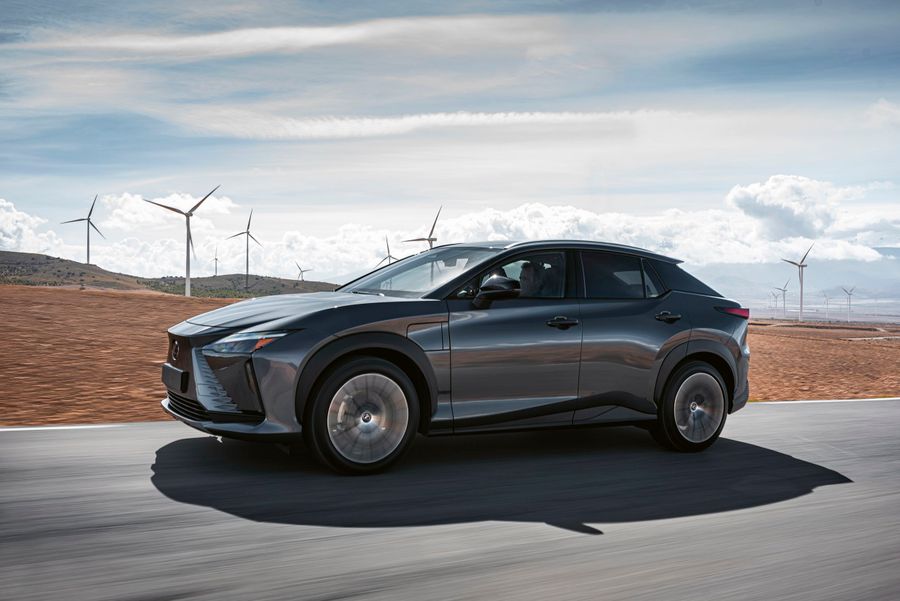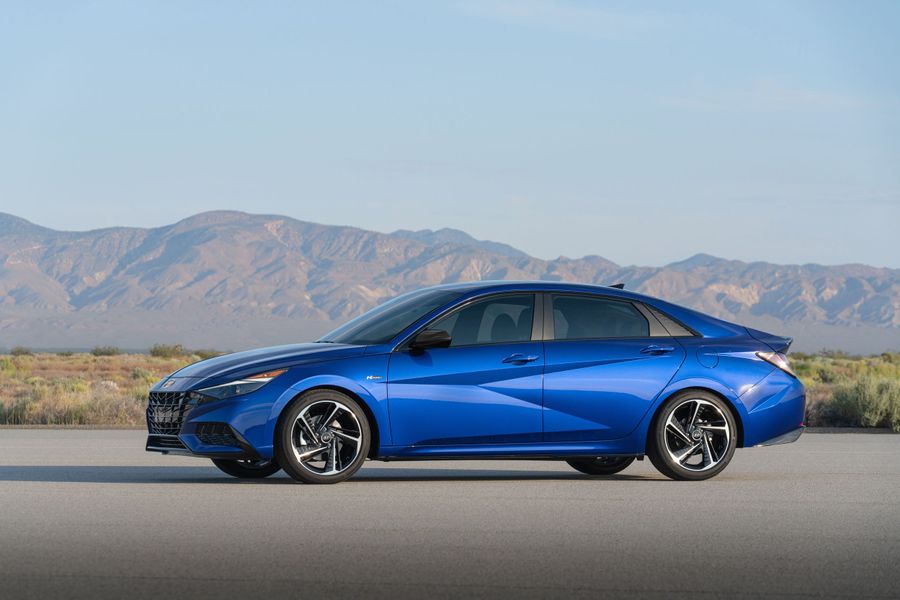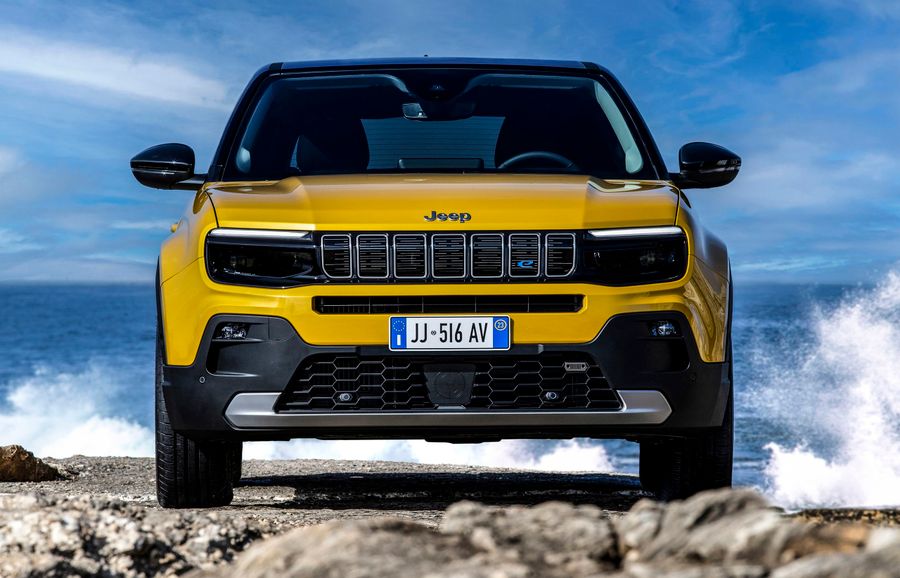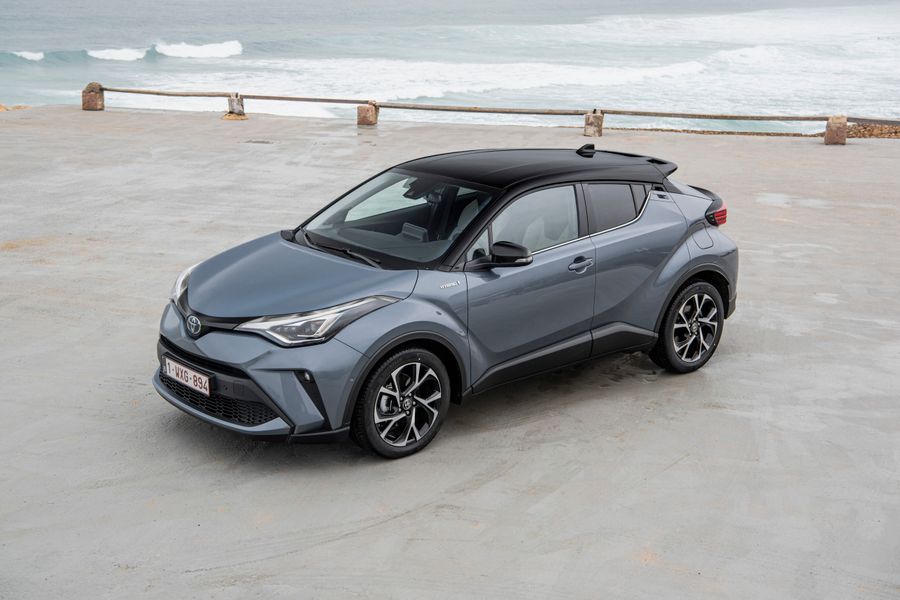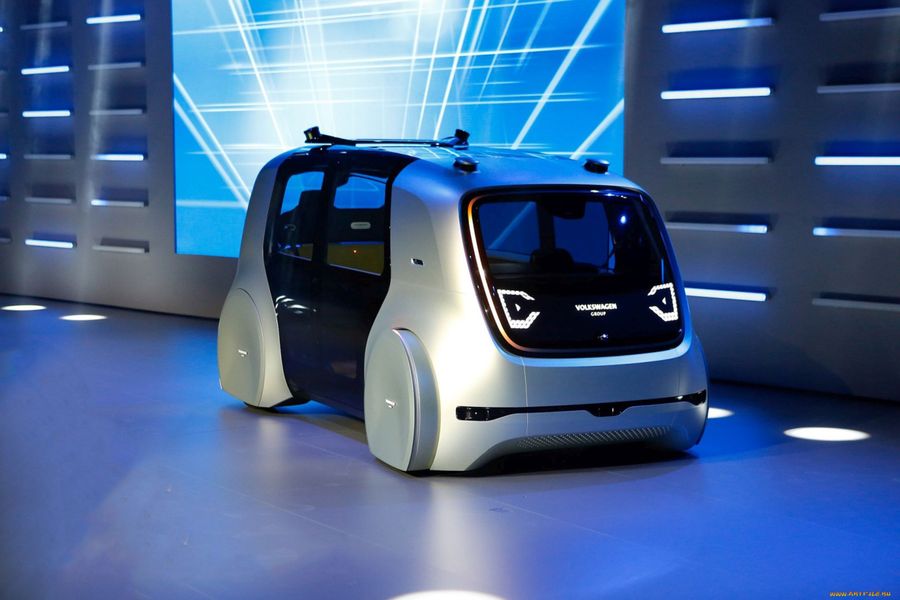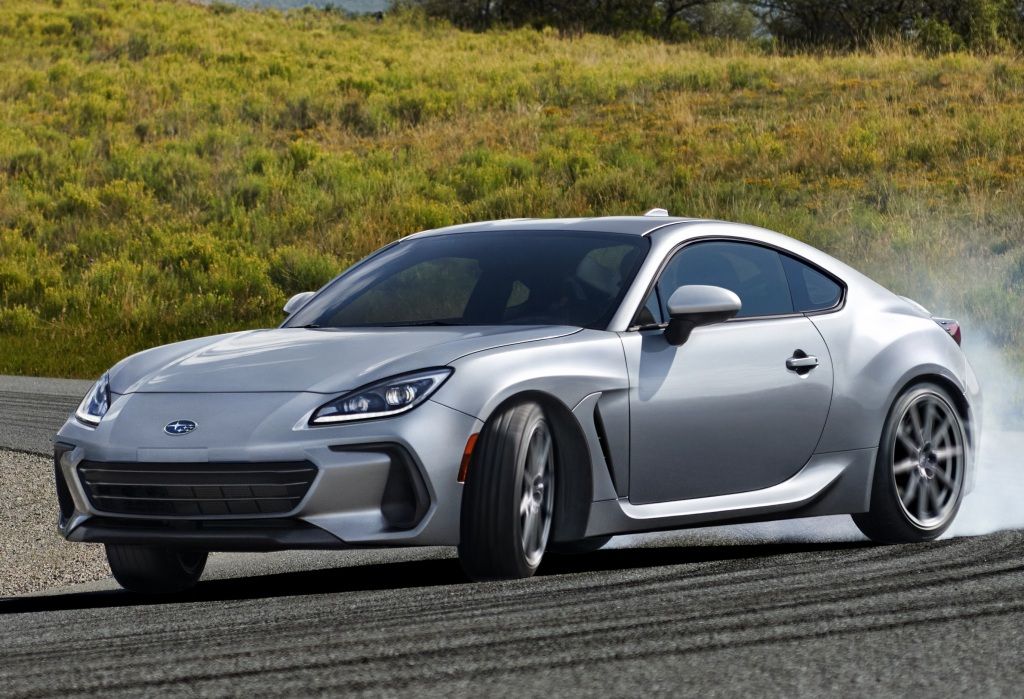
Together, they have created a masterpiece
The Subaru BRZ is a compact rear-wheel drive S-Class sports two-door coupe, developed and produced by Subaru in cooperation with Toyota. It was officially presented in December 2011. In 2021, Israeli buyers could purchase the first generation of this car after the 2016 restyling, and the second generation of the 2021 coupe was expected to be released.
The origins of an inexpensive sports car that shook up the automotive world date back to 2008. But the legendary car, which served as a source of inspiration for the engineers and marketers of Toyota, lived and reigned on the tracks in the 80s. Just like all other cars, the Toyota Corolla Levin and the AE86 Sprinter Trueno compact coupes had rear-wheel drive in those early years. The AE86 cars had no equal in drifting, which was the favorite pastime of young Japanese people. In order to pay a tribute to iconic cars, Toyota created the FT-HS concept (FT stands for Future Toyota).
In the year of its birth, the Subaru BRZ won, among other things, the Best Sports Car Award, the Best Affordable Sports Car Award, the Car of the Year Award, and the Coupe of the Year Award in various countries and according to a large number of automotive publications and TV shows, including the merciless Top Gear show. The entire world, including the UK, USA, Canada, France, Australia, New Zealand, Japan, was delighted, presenting the readers' and spectators' prizes to the new coupe.
The first generation
It was produced from 2012 to 2020, while its restyling took place in 2016. Toyota presented the new model at the Detroit Auto Show in 2007. And in 2008, Toyota bought 16.5% of Fuji Heavy Industries, which included the Subaru car brand. Project manager Tetsuya Tada invited Subaru to take part in the development of a sports coupe. The FT-HS concept was a front-engine, rear-wheel-drive hybrid equipped with a V-6 complemented by an electric motor.
Together, they created a new concept car, the FT-86, presented at the Tokyo Motor Show in October 2009. The exterior of the FT-86 was designed by Toyota’s ED2 design studio, and the hybrid propulsion system was replaced with a new D-4S boxer engine. Subaru provided a chassis and gearbox borrowed from its Impreza model and adapted for the coupe. A year later, at the same location, Toyota presented the FT-86 G Sports concept, made in racing style: G Sports carbon fiber panels, ventilated hood, spoiler, 19-inch wheels, Recaro racing seats and an inner frame. The D-4S engine was turbocharged.
In the year of its birth, the Subaru BRZ won, among other things, the Best Sports Car Award, the Best Affordable Sports Car Award, the Car of the Year Award, and the Coupe of the Year Award.
At the 2011 Geneva Motor Show, Toyota and Subaru presented five pre-production concepts to showcase the results of their collaboration. The first was Toyota’s FT-86 II Concept, while Subaru introduced the transparent silhouette of the car with the new D-4S boxer engine, named the “Sports Car Architecture with the Boxer Engine.”
It was not the last presentation of concept cars. Thus, in November 2011, the BRZ Concept STi was presented at the Los Angeles Auto Show. It was the first full-fledged Subaru’s version, designed by the craftsmen of the legendary Subaru Tecnica International (STI) studio.
Exterior
The coupe is very eye-catching, extravagant and beautiful in its own way. The lines are elegant and have nothing to do with the AE86. The BRZ has a very long hood, a set-back cockpit, wide arches, short overhangs and a very cocky exterior. The headlights look aggressive. The car has a lightweight aluminum hood.
This Japanese inspired exterior has appealed to the entire world, as it looks sporty, dynamic and hot-tempered. The low engine mount, as well as the seating position of the driver and passenger, provide a lower center of gravity of 460 mm, thus ensuring excellent turning stability.
The BRZ’s rear part is also sporty and therefore impractical: the short stern comprise tiny rear seats and a microscopic 243-liter trunk compartment. But the first thing that everybody notes are the large and extravagant tailpipes at different corners of the bumper. The edge of the short hood lid is adorned with a graceful spoiler, the red and white taillights of unusual shapes also make the car look unique.
Just like all standard coupes, the car has long and frameless (quite traditional for Subaru) doors. The trunk has enough space for a couple of medium suitcases, and it is possible to get a flat floor by folding down the backs of the second row seats. This space can accommodate four spare tires, which are absolutely necessary considering how easy it is to burn tires while enjoying drifting…
The Subaru BRZ’s body is completely new and consists of high-strength steels. The aerodynamics is great: the bottom is as flat as possible, which, together with the body shape, provide a low drag coefficient (0.27). The Subaru BRZ, with a ground clearance of 120 mm and a height of 1,285 mm, can boast of the center of gravity of only 460 mm! The same parameter of its closest rival, the Mazda MX-5, is 20 mm worse.
Interior
The interior has a 2+2 configuration. But this is just in theory: a tall, 185 cm driver pulls the seat back to the end, resting against the back seat. Therefore, just like any other sports coupe, this one will not be suitable for four people.
The cockpit is not very roomy, and a very low seating position immediately puts you in a sporty frame of mind. The car has stiff seats, a vertical steering wheel and a small gear lever washer. A high front panel is in front of the driver’s eyes. It is made of elastic, pleasant plastic. In general, everything looks humble, especially the silver plastic inserts. But the small embossed steering wheel, sheathed with perforated leather and quilted with red thread, is good.
A large tachometer is located in front of the driver’s eyes, while the speedometer is on the left. The engine is started from a button, which is located at the bottom of the front console. It is comfortable to get inside the car, plus there is a wide choice of seat and steering wheel adjustments.
The BRZ has two finishing options. The first option offers black interior and fabric seats with red stitching and silver dash trim, black instrument dials, while the second option has leather seats and Alcantara interior. The interior of the BRZ is finished with inexpensive materials, the seven-inch monitor uses simple graphics, and the noise insulation is very low: you can hear the roar of the engine, and the rustling of tires, and the noise of the wind. However, all those things enhance the driving experience.
Power trains and chassis
The engine, known as the Subaru FA20 (or Toyota 4U-GSE), is a naturally aspirated four-cylinder engine that used a Subaru horizontally opposed engine unit coupled with a cylinder head and Toyota’s D-4S direct injection system. The engine produces 200 hp (149 kW) at 7,000 rpm and a torque of 205 Nm at 6,000 rpm. Note that the engine and gearbox are positioned as far and low as possible in the engine compartment to distribute the weight of 53% to the front axle and 47% to the rear, which is close to ideal weight distribution.
The Toyota 4U-GSE/Subaru FA20 engine, known as the D-4S, was among the top 10 engines (by Ward’s) in 2013. The forced boxer engine is equipped with a direct injection system from Toyota. On the basic trim level, the coupe could be equipped with a Subaru’s six-speed manual transmission, while the automatic transmission was provided by Toyota, borrowed from the Mark X and the Lexus IS 250, and it was controlled by new software.
The Toyota 4U-GSE/Subaru FA20 engine, known as the D-4S, was among the top 10 engines (by Ward’s) in 2013.
On some trim levels, either by default or for a surcharge, it is possible to get the Torsen self-locking cross-axle differential. The stability program is completely switchable and has five modes, designed for different conditions. A lightweight version without air conditioning, music and other civilian attributes was produced specifically for participation in competitions.
The automatic transmission has three different modes: Sports, Snow and Normal. The vehicle is equipped with an independent suspension: the MacPherson strut at the front and a double wishbone suspension at the rear. The car is equipped with electric power steering and electronic assistants. These are anti-lock braking system (ABS), emergency braking system (BAS), traction control system (TRC), vehicle stability system (VSC).
Steering response
The Subaru BRZ is a real sports car. The stiff suspension will inform you of every bump you encounter. But comfort and smoothness are not the things you expect from a small coupe. Therefore, you should drive carefully and be prepared to brake in front of large holes. The car is not for bad roads or for chipped asphalt, as it is designed for perfectly flat surfaces of racing tracks.
The steering response is truly excellent, ensuring rapid trajectory changing and a minimum amount of rolls. The BRZ forces the driver to merge with the car, but at the same time requires the appropriate effort from them. The reward is complete rapport and fully controllable light slides with a touch of rear-wheel drive.
As for dynamics, the coupe’s top speed reaches 233 km/h with the acceleration to 0-100 km/h in 7.6 seconds (according to the manufacturer). During the tests, the Subaru BRZ equipped with an automatic transmission accelerates in 7.9 seconds with the deactivated traction control system, while the BRZ equipped with a manual transmission reaches 100 km in 7.3 seconds.
The car is equipped with the Subaru’s boxer engine maximally shifted back and down (weight distribution 53:47), while the manual and automatic transmissions were developed by Toyota. The chassis (the McPherson strut at the front and a multi-link suspension at the rear) was designed by Subaru. Both cars were assembled at the Subaru’s plant in Japan. The differences between the cars are minimal, including external decor elements (emblems, for example) and transmission settings.
‘It is a perfect drift car. A great man’s toy for a day off on the track.’
Here are some quotes from those who drove this coupe:
‘This car can dance. It is incredibly well balanced and easy to drive at full capacity, with no heroic effort demanded from the driver. The front and rear wheels have an almost identical slip angle. And even with only 200 hp at my disposal, I had to use the gas pedal very carefully, because at the apex of the turn the car is at the limit of its adhesion to the road. Pleasure.’
‘This is perhaps the best embodiment of Subaru’s suspension concept. Stiffness, energy intensity and elasticity are closely and inextricably intertwined here. The car is always perceived as a whole. Due to the low center of gravity, there are practically no rolls or brake dives. And only when accelerating to the maximum, you can feel how the rear-wheel drive car slightly rests on the rear axle. But it’s even nice! ’
‘It is a perfect drift car. A great man’s toy for a day off on the track.’
‘Subaru’s BRZ is an excellent track car, ready to delight you on the drift track or skids around a corner; its stiff suspension, swift steering and responsiveness combined with perfectly dosed power make it possible to embark on any adventure.’
2016 restyling
Changes were made to the design on a constant basis, but the real restyling took place in 2016. And the first restyled coupe from Subaru was introduced in the United States: 5-7 thousand cars were sold annually in the local market. The 2017 car can be distinguished by a new bumper and modified fully LED optics. And the daytime running lights moved to the headlight units from the bumper.
Just like a similar Toyota model, the coupe featured a multifunctional steering wheel, as well as the upgraded controls for the multimedia system and the air conditioning system. Plus, the expensive Limited trim level had a dashboard equipped with a 4.2-inch display, showing the stopwatch readings, as well as information about lateral acceleration, accelerator pedal position, steering deviation, oil temperature, braking force and battery voltage.
More importantly, the BRZ had a slightly increased engine output: new valves, a cylinder head, manifolds and camshafts made it possible to gain 5 hp (up to 208 hp) and to increase the torque by 7 Nm (up to 212 Nm). However, all this was true only for cars with a six-speed manual transmission, while the versions with an automatic transmission had the same indicators: 200 hp and 205 Nm.
Subaru focuses on a stiffer chassis: the rear anti-roll bar became thicker, while the braces between the A-pillars and other body elements were reinforced. The car featured Hill-start Assist Control, the main gear became ‘shorter’ (4.3 versus 4.1), and the stability program trigger threshold was shifted, as a result of which the Sport mode was renamed to Track for cars equipped with an automatic transmission. In addition, the Performance package was now available for the top Limited version. It included Brembo brakes, oversized brake discs, Sachs shock absorbers and original 17-inch wheels.
The second generation
It has been produced from 2021 to the present (as of 2021). At first glance, it seems that the second generation is the result of a deep modernization of the previous car. The exterior is the same: in profile, the BRZ can still be confused with the Toyota 86. Of course, the design is nevertheless different: the radiator grille is now wider, the lighting equipment is new (the taillights feature a narrow crosspiece), and the number plate, which was previously located on the trunk lid, is now attached to the bumper. The upgraded optics gained LED sections, and at the rear, the BRZ even retained a separate unit with reversing lights and a fog lamp.
The coupe has become 30 mm longer (up to 4,264 mm), although the distance between the axles has increased by only 5 mm and is now equal to 2,575 mm. The width of the car has not changed (1,775 mm), and the height has decreased by 10 mm (1,311 mm). The coupe has become 7 kg heavier, mainly due to a larger engine. It should be noted that despite being very affordable, the car features the expensive aluminum hood, fenders and roof. The rigidity of the body has been increased by 60%.
The passenger compartment is as simple as that of the first BRZ. A good multifunction steering wheel with red stitching is the same. There is a new virtual dashboard, while the front panel comprises a new media system with an eight-inch touchscreen compatible with Android Auto and Apple CarPlay interfaces. The car has the steering wheel on the right.
The two-liter engine was replaced by a 2.4-liter naturally aspirated combined injection engine, which produces 228 hp/7,000 rpm and 249 Nm/3,700 rpm. As before, there are two six-speed transmissions to choose from: manual and automatic. The limited slip differential is included in the list of basic equipment.
The chassis remains the same, with the McPherson strut at the front and the double wishbone suspension at the rear, but the suspension has become stiffer. The disc brakes are ventilated. The switchable VSC stabilization system can operate in five modes, and the Subaru BRZ has also acquired the EyeSight safety system, although the basic cars equipped with a manual transmission can have it only for a surcharge. However, prices, as well as the dynamics of the second generation BRZ, will be published closer to the start of sales, which is only scheduled for autumn 2021. Moreover, the coupe will primarily be released in the United States, while it will not appear at all in Europe.


